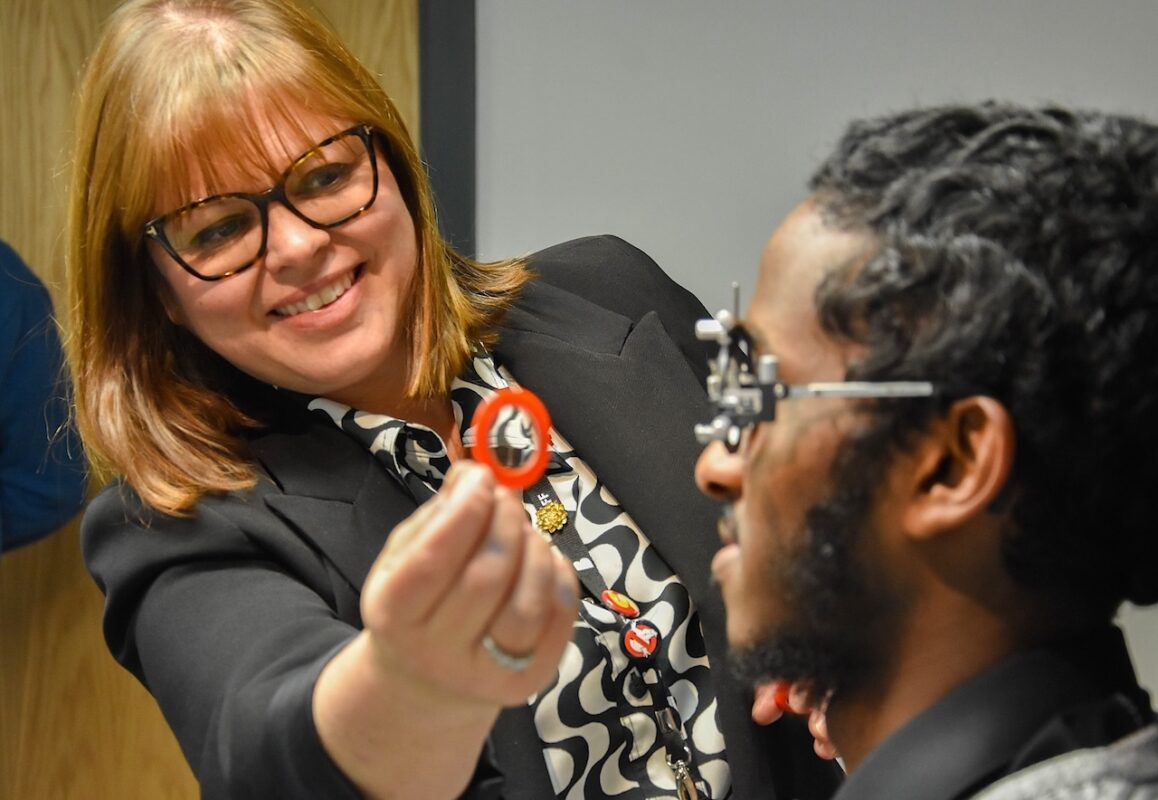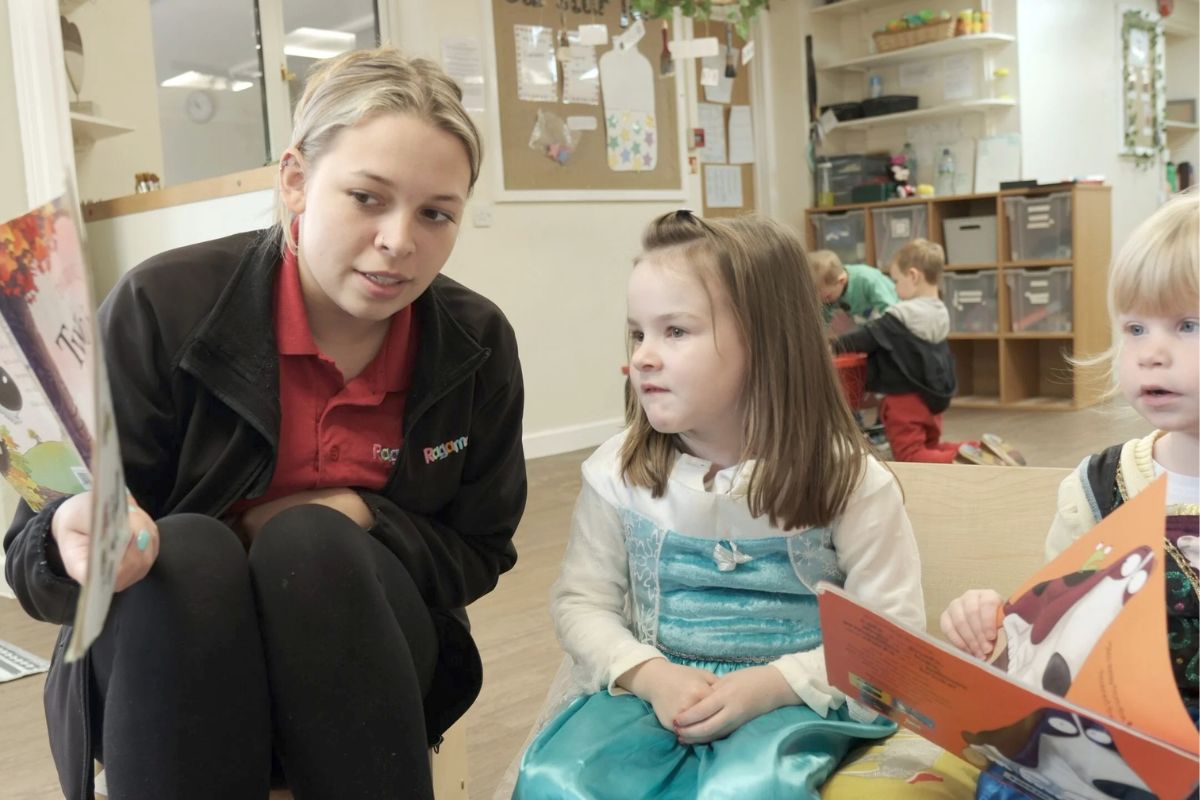Exploring flexible working practice in education

The Department for Education (DfE) commissioned CooperGibson Research (CGR) to conduct an online survey to gather evidence on the attitudes and experiences of flexible working in schools, and how flexible roles can be effectively designed and implemented in the sector.
This is part of a wider project focusing on flexible working in schools, and helps fulfil a pledge made by DfE to ‘carry out research looking at changing recruitment practices in schools, to inform our guidance about how schools can introduce flexible working’.
It also supports a commitment made by DfE in the 2019 Teacher Recruitment and Retention Strategy; to carry out research that can inform work to help support schools to implement flexible working.
Managing flexible working requests
Most senior leaders (83% of 1,589) stated that their school had a procedure in place for managing flexible working requests, and the majority had received requests for flexible working in the past five years (77% of 1,589). Where a flexible working procedure was not in place in a school, this was most commonly reported to be because senior leaders were unsure about what should be included in such a policy, or how to go about developing one (38% of 264).
Nearly all senior leaders (92% of 1,371) said that childcare was the main reason for staff requesting flexible working arrangements, with over half (57% of 1,371) mentioning work/life balance as a key driver for requesting flexible working. Just over a third of senior leaders (34% of 1,371) said that nearing retirement/wanting to work less hours per week for more years was a key reason for requesting flexible working.
Declining flexible working requests
More than one-quarter of senior leaders (29% of 1,589) said that flexible working requests had been declined in their schools. Where they had been declined, the most common reason given by senior leaders was not being able to organise work amongst existing staff/timetabling issues (69% of 453 senior leaders).
Both senior leaders and teachers most commonly reported that their own requests for flexible working had been declined due to perceptions that flexible working did not work in school environments. Teachers also noted that requests were declined due to perceptions of a potential detrimental effect on pupils.
Implementing flexible working in schools
The most common forms of flexible working implemented in schools were part-time hours, personal/family days and job shares (reported by 86%, 62% and 54% of senior leaders respectively). Where flexible working practices were not currently implemented, senior leaders most commonly stated that this was because no teaching staff had made a request (88% of 192).
Benefits of flexible working
Nearly three-quarters of senior leaders who had implemented flexible working in their school (74% of 1,314) felt that these arrangements had helped staff to manage their workload/work-life balance; 89% of 766 teachers working flexibly also agreed with this statement.
The large majority of teachers working flexibly felt that doing so improved their well-being (85% of 766). Teachers working flexibly in special schools were significantly more likely than those in other settings to view flexible working as a way to access more professional development opportunities.
Challenges of flexible working
Just over one-quarter of senior leaders who reported challenges in implementing flexible working (26% of 929) said that job share arrangements had not worked well in their school; 15% highlighted part-time working as a problem.
Where they felt flexible working had not worked, senior leaders’ qualitative feedback noted challenges relating to factors such as ensuring continuity in the classroom, a negative impact of flexible working on staff workload and school budget, and the need to maintain clear communications (such as between job share partners).
Over three-quarters of teachers working flexibly (77% of 730) reported that managing their workload and not working beyond contracted hours was a key challenge to flexible working in their schools.
Feeling unable to request flexible working
Less than one-quarter of teachers responding to the question (13% of 1,302) said that they had considered flexible working but not felt able to request it (the remainder did not feel unable to request it). Where they had felt unable to do so, this was most common among teachers in special schools.
Most of the teachers who felt unable to request flexible working gave additional qualitative feedback that this was due to the culture of the school they worked in, and a lack of flexible working policies/options being in place.
Considering other forms of flexible working
Teachers were more likely than senior leaders to say that they would consider other forms of flexible working that were not currently open to them. Where they answered the question, teachers most commonly reported that they would consider personal/family days, home/remote working, and flexi/lieu time (36%, 30% and 27% of 1,276 respectively).
Teachers in special schools were significantly less likely than those in primary and secondary settings to say they would consider working part-time. However, those in special schools were more likely to say that they would consider home/remote working, flexi or lieu time. Teachers in secondary schools were twice as likely as those in other settings to say that they would consider staggered hours.
Personal perceptions
At least one-third of senior leaders strongly agreed that their school was committed to flexible working and tried to accommodate requests, and that they would be more likely to remain in the profession long-term if they were able to work flexibly.
However, onethird of senior leaders responding to the question (33% of 1,585) did not believe flexible working was compatible with their role. Over half of teachers strongly agreed that flexible working was an effective way to create a better work-life balance.
In comparison to senior leaders, teachers more commonly thought that flexible working was compatible with their role.
Family leave
When returning to work following maternity, paternity or adoption leave, employees have the right to request flexible working.
Where they responded to the question, in the last five years, 28% of 1,302 teachers had taken maternity, paternity, adoption or shared parental leave.
When comparing responses by gender, male teachers were less likely (compared to their female counterparts) to report being made aware of the right to request flexible working on return to work following parental leave (including paternity/adoption leave) – 23% of 48 male teachers compared to 59% of 312 female teachers.
Supporting flexible working
When asked to identify the types of support they felt had been valuable in supporting flexible working in their schools, nearly two-thirds of senior leaders responding to the question (63% of 329) felt that joint Preparation, Planning and Assessment (PPA) time for job share partners was very valuable.
Senior leaders were keen to access more information, advice, guidance or training on how flexible working could be implemented. This varied from information for teachers, to information and guidance for governors and leadership teams.
The detailed feedback provided on the types of support that senior leaders felt would be valuable will be used to inform phase three of this project involving telephone interviews and a flexible working pilot with a small number of schools.
Findings from a survey of teachers and senior leaders which explored flexible working practice in schools:
Exploring flexible working practice in schools: interim report
Ref: ISBN 978-1-83870-012-6 , DFE-RR913PDF, 2.72MB, 76 pages
Details
The report summarises findings from a survey of teachers and senior leaders across schools in England.
It provides evidence on existing flexible working practice and attitudes towards, and experiences of, flexible working in schools.
The report forms part of a wider research project exploring flexible working practice in schools.











Responses